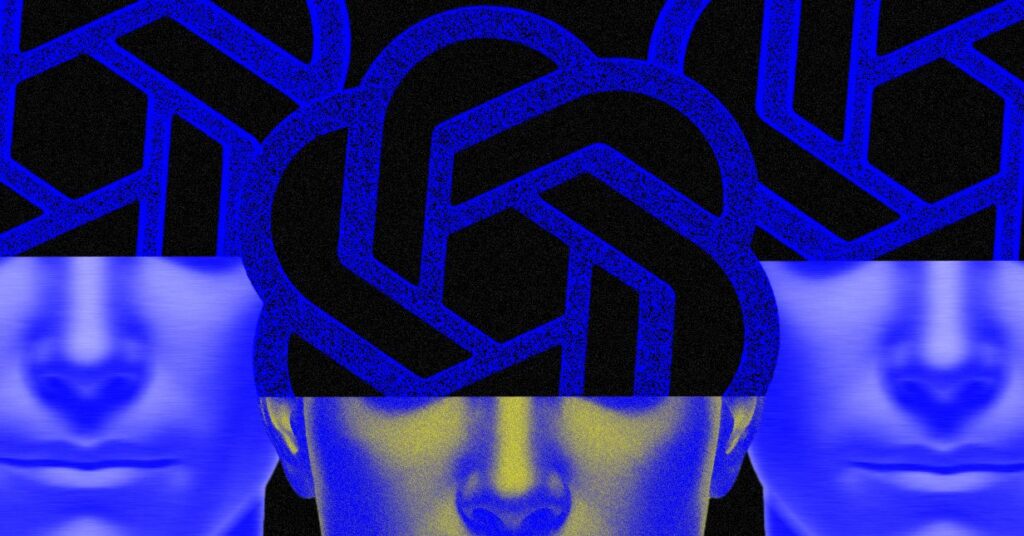OpenAI Intensifies Robotics Efforts in the Quest for AGI

A renewed emphasis on robotics suggests that OpenAI thinks achieving artificial general intelligence (AGI)—AI that surpasses human intelligence—might necessitate the creation of algorithms capable of interacting with the physical realm.
In its early years, OpenAI conducted significant robotics research, including a 2019 breakthrough where it developed an algorithm to solve a Rubik’s cube using a humanlike hand. However, the company halted its robotics initiatives in 2021 to concentrate on algorithms, particularly the large language models behind recent successes like ChatGPT. Last year, OpenAI resumed its robotics efforts, and The Information reported in December 2024 that the company is contemplating the development of its own humanoid robots.
Stefanie Tellex, a roboticist at Brown University, asserts that creating more efficient robots will require the design and training of AI models that can “process high-frame-rate, high-dimensional perceptual input, and produce high-frame-rate, high-dimensional physical outputs”—indicating models that see and act with precision. Nonetheless, Tellex is not specifically informed about OpenAI’s plans.
Despite already possessing industry-leading models for conversation, reasoning, coding, and image and video generation, OpenAI faces stiff competition in its quest to create algorithms for more advanced humanoid robots. Various humanoid startups such as Figure, Agility, and Apptronik have emerged recently, and major AI firms like Tesla and Google are also investing in the development and testing of humanoids. “I don’t see them having any magical advantage over anyone else,” Tellex observes.
Humanoids are gaining traction as the necessary hardware and software for functional prototypes become more accessible. While they remain costly and challenging to develop, innovations in motors and other components have made the assembly of functional systems easier and more affordable. Platforms like Nvidia’s Isaac robot development framework have further simplified the coding required for controlling and training humanoid systems.
The excitement surrounding humanoids is also rising. Venture capitalists have poured over $5 billion into humanoid startups since early 2024. Morgan Stanley estimates that the humanoid industry may reach a value of $5 trillion by 2050.
Though humanoids can perform remarkable tasks such as dancing, they still lack the intelligence necessary to navigate complex and unpredictable, or “unstructured,” environments. To achieve this, they will require algorithms that extend beyond a large language model’s grasp of the physical world. These systems must be capable of controlling limbs and grippers to walk and manipulate objects. Some research teams are beginning to show progress in creating more generally capable AI models for robots.
At the same time, it is becoming increasingly evident that fresh ideas may be essential to advance AI technology. The recent letdown of OpenAI’s GPT-5 highlights a broader understanding that achieving humanlike intelligence will demand new research pathways.
“They’ve asymptoted on GPT-5,” Tellex comments. “They need to move towards the physical world.”
